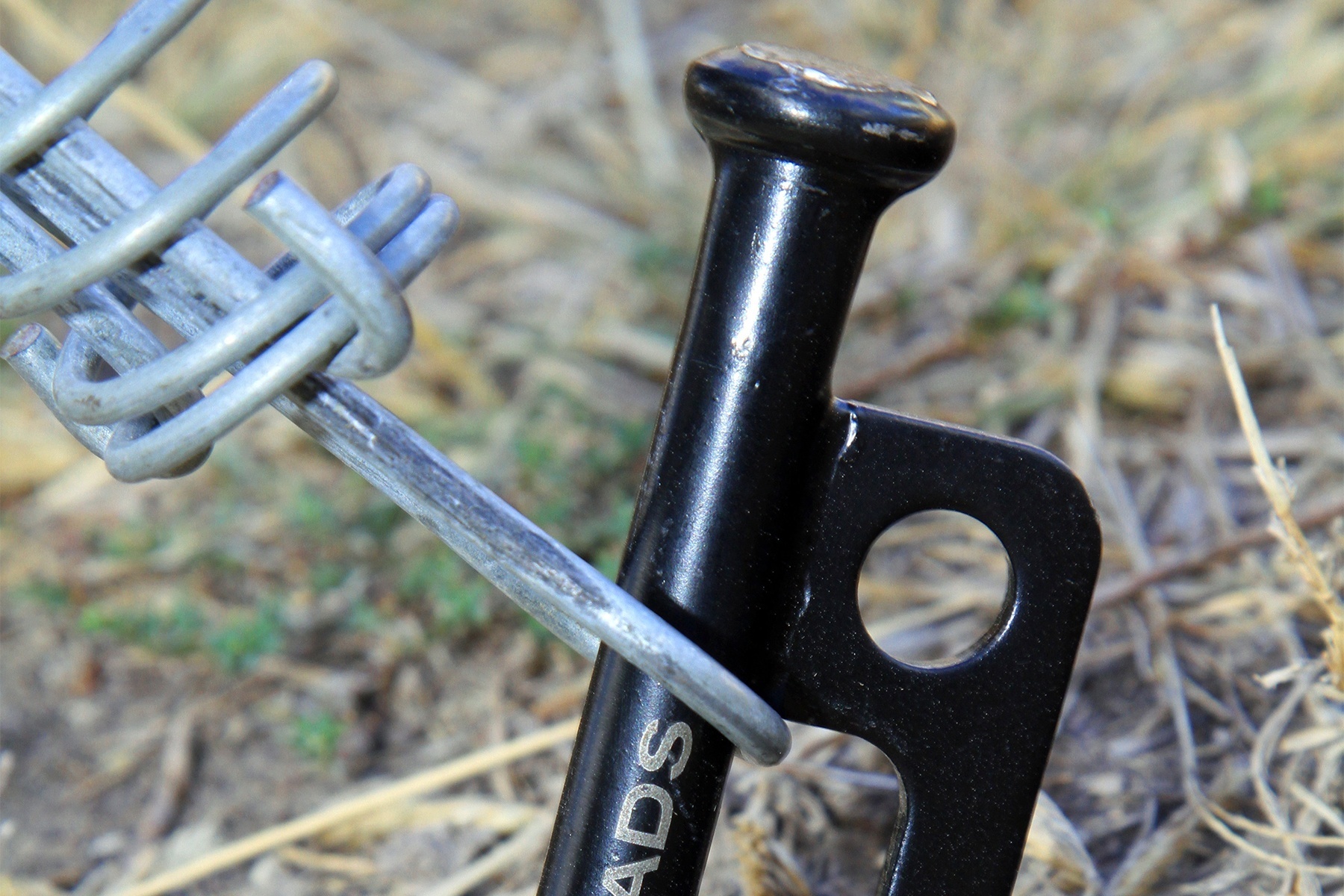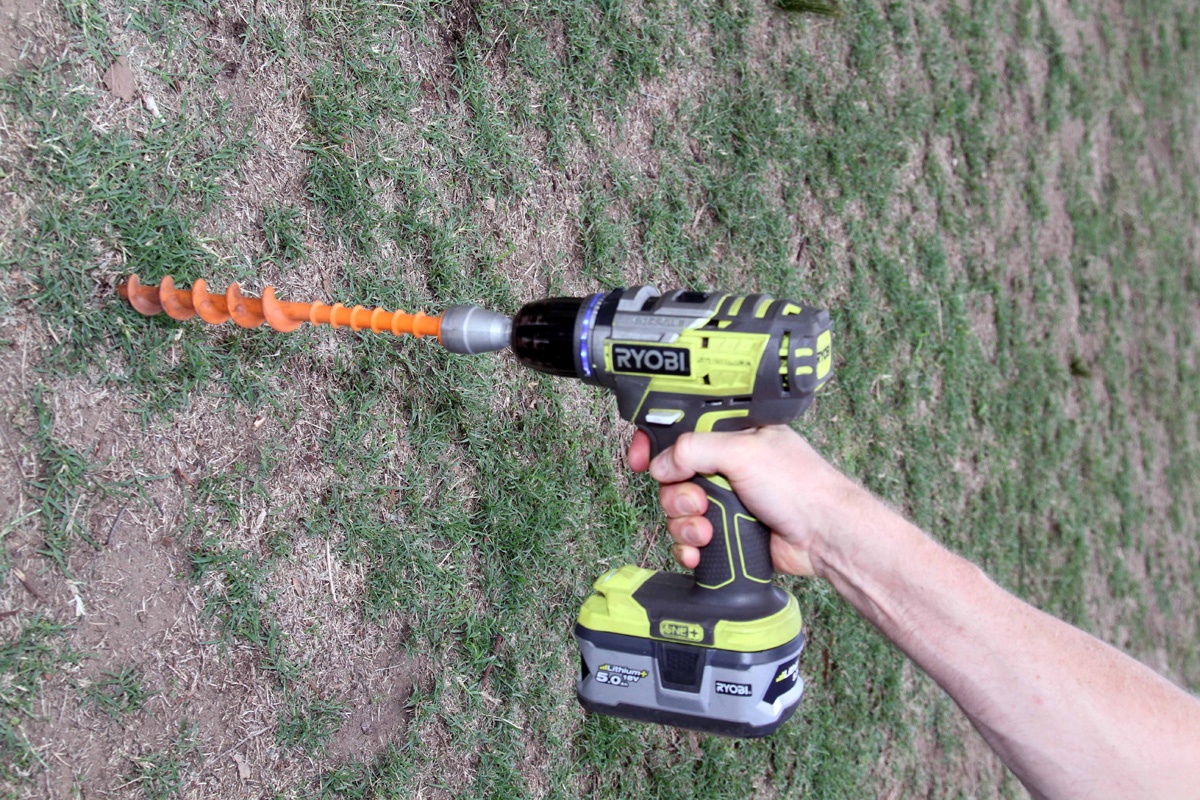We have all had that feeling like we are trying to fit a square peg into a round hole when trying to tie down our awnings and tents. Just as we have all suffered through a stubborn peg that won’t go into the ground or one that just keeps coming out.
Fear not, there really is a peg for every occasion. Here, we list the most common, when to use them and why.
Bent Wire Pegs
These are the default pegs which come with nearly every tent and awning sold. A simple and elegant design, the bent wire peg comes in different lengths and thicknesses but that’s where the innovation stops.

They are the jack of all trades and will do the job in most scenarios but their inability to work in sand, issues with bending when driven into hard ground, and weight are the reasons we see specialist pegs like the below.
Strike-through Pegs
We have all picked up a rock or hammer and given a bent-wire peg a smack. Sometimes the result is perfect but often we glance off the side of the peg or worse, the peg bends. The strike-through peg is designed specifically to be able to be driven into the ground with blunt force, but there are many variations.

You can get strike-through pegs that resemble a bent-wire peg with an added strike-zone on the head. These are often no less resistant to bending than a traditional bent-wire peg so expect to bend them often. Consider avoiding them.
Then there are shaped pegs that have been designed to minimise bending. These are often angled metal or t-shaped plastic. The one thing they have in common is they have a larger surface area to drive into the ground, and therefore require more effort.

In soft soils and sand, a larger strike-through peg is a good thing as the increased size can give good grip. However, you lose some portability due to their bulk.
Screw-in Pegs
Probably the best innovation in ground holding, the screw-in peg has become popular due to its excellent adhesion, easy insertion and smaller size.

Looking like a big screw, screw-in pegs typically need a driver to be inserted, like a battery drill or impact gun, which is their biggest downfall. Some options, particularly big variants designed for use in sand, can be wound into soil by hand, but the smaller, more compact ones are almost impossible to use in hard soils without an electric driver, meaning you have to carry a charged driver at all times.

Available in metal and plastic and with different diameters, there are screw-in pegs for all soil types and there are a number of companies now retailing screw-in pegs online. Look for pegs that come with an easy attachment option for your guy-ropes, or if you’re using them to secure a ground tarp, look for ones that include a washer at the head, or find a washer to suit, as without one these pegs can bind with your tarp and tear it if driven in quickly.
MEET THE AUTHOR
Tim van Duyl
Coming from marine publishing Tim now oversees Caravan World and Trade-a-Boat for the Adventures Group as their Senior Editor. With experience garnered from travelling the breadth and width of his home country New Zealand in all manner of ways, his mission is to see all Australia has to offer. Having already sampled Cape York, Murray-Sunset National Park, Wilsons Promontory and the bulk of Victoria’s West, he has plans to add to the small parts of WA and NT already seen. When not on the road you can find Tim passing time at lakes around Australia or in the high country camping with his close friends and family with the Murrindindi a popular spot.





